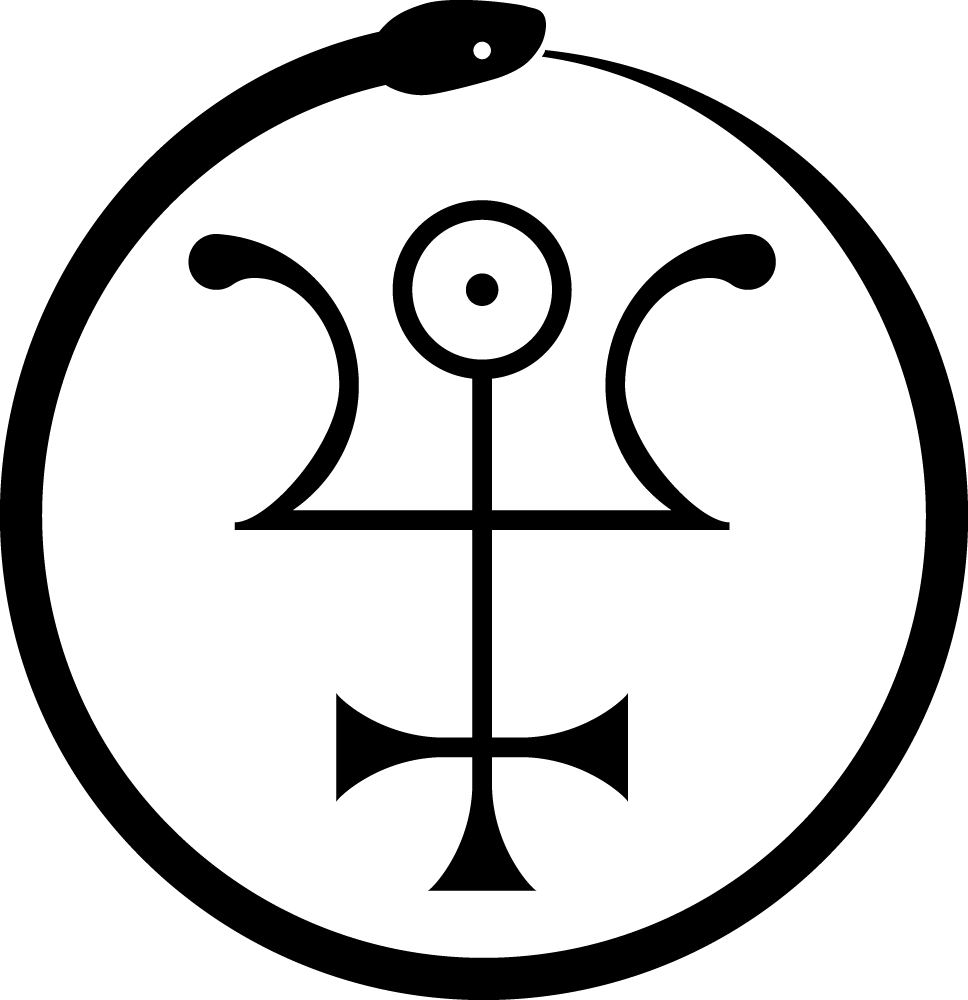The Great Work of Insect Metamorphosis
by Frater Y.V.
“Look to the ant, thou sluggard, and be wise.”
Kingdom Animalia, Phylum Arthropoda, Subphylum Mandibulata, Class Insecta. Members of this most ancient and primitive race have always been familiar to us; as competitors, combatants, curiosities, and occasionally, co-conspirators. From the Luna Moth to the Cockroach, we regard them with a mixture of repulsion and fascination. The repulsion is perhaps a result of our often competitive roles, the fascination a result of their strange beauty; but in addition, there seems to be something familiar about them. Perhaps they stir ancient memories, causing them to rise from genetic history into our subconscious minds; or perhaps we project our own deep reflections upon them like Rorschach Blots – but then who designed the “random” swirls of the Rorschach Blot if not She who designed us?
Each species of insect belongs to an Order. There is the Order of the Straight Wings (Orthoptera) which plagued Egypt, the Order of the Sheathed Wings (Coleoptera) ruled by Khephra, the Order of the Dual Wings (Diptera) ruled by Beelzebub, the Order of the Wedded Wings (Hymenoptera) with its complex hierarchies, and its honeybees ruled by Venus, the Order of the Scaled Wings (Lepidoptera) ruled by Chuang Tzu, and many others, each with its own regalia, rites, and modes of recognition.
Like us, insects undergo embryonic as well as post-embryonic development. Unlike most of us, the post-embryonic development of most insects involves rather drastic changes in appearance and occurs in distinct stages. This post-embryonic development is known as metamorphosis. There are several types of insect metamorphosis, we will focus on “complete” metamorphosis, the system promulgated by the Order of the Scaled Wings (butterflies and moths) and certain others. In complete metamorphosis, the insect undergoes 4 stages: egg, Larva, Pupa and Adult. We will begin our examination with the Larval stage.
The Larva
Larva is a Latin word meaning “ghost.” The Larval or Instar stage may be regarded as the “student,” “neophyte” or “Man of Earth” grade. The task of the Larva is to get bigger; to consume enough nourishment to progress to the next stage, or to serve as a juicy morsel for a predator. The Larva is usually blind, has very restricted mobility, and is unconcerned with anything it is not directly touching.
The Pupa
Pupa is a Latin word meaning “doll” or “puppet.” The task of the Pupa is to refrain from activity (enter into a Magical Retirement) while Transformation takes place. The Pupal stage corresponds to the “portal” or “K.E.W.,” the bridge between the Man of Earth and the Lover.
The Transformation to Adult, or Imago, which takes place within the Pupal case occurs as follows. The Instar contains seed cells within its body, called Imaginal Buds. During the Pupation period, the imaginal buds secrete chemicals which lyse or destroy the surrounding cells. Meanwhile, the buds themselves grow and divide to replace the destroyed cells. Eventually, all the cells of the Instar are destroyed and replaced by cells of the Imago. This process, the Instar transforming itself into the Imago, is referred to as Imagination.
The Adult
The Adult insect or Imago, corresponding to the Adept or Grade of Lover, emerges from the Pupal case (pastos or tomb), expands its wings by pumping fluid into them, and flies away to find a mate or engage in other social activities. In addition to the power of flight, the Imago has other “miraculous” abilities, in part due to its well developed sensory organs. Bees can see ultraviolet light, ants can communicate complex messages via the sense of smell, and the males of some species of moths can sense a female over a mile away. As most of us know, many insects also have the power of invisibility; most insects are quite familiar with the virtues of herbs and plants, and some insects are definitely capable of causing illness in our neighbor’s cattle. It is alleged that some insects can predict the weather, but it is not known whether they can predict the future.
Through the process of sexual reproduction, the Imago may achieve “genetic samadhi” by unifying its genetic will with a separate genetic will, and then dying. Both are simultaneously preserved and destroyed through the formula of Tetragrammaton. That is, genetic will “I” unites with genetic will “H.” The Union of genetic wills “V” results in the genetic will “H2,” which is neither “I” nor “H” but contains both in their entirety.
The Egg
The apparent loss of the individuality through combination and death is analogous to crossing the Abyss (Note – Da’ath = Knowledge = Gnosis = Union). The individual is dead and gone, yet there is that which remains – in combined form as the Child; which is in this case the egg.
The Imago (Lover) is therefore concerned with the evolution of the species by its choice whether or not to reproduce, whereas the Instar (Man of Earth) is concerned with its own personal evolution. What is the formula of the Lover? Union. Love (13) is Union (13).
The egg in this system therefore corresponds to the grade of Hermit, the Master, the dweller in the City of the Pyramids (have you ever seen a cluster of moth or ladybug eggs?) withdrawn from society, consciousness and duality. The task of the Master in the City of the Pyramids (Binah), is to wait, for the refining fire to burn it into a white ash or pure will (Chokhmah), which is further reduced to a grain of dust (Kether) which is carried either into nothingness (the dissolution, Nirvana) or into the Kingdom (as a Boddhisattva). The egg either dies or hatches. If it hatches a new cycle begins, and the Great Spinner of the Web of the Universe will smile and ask,
“Whom have you there?”
Original Publication Date: 1997
